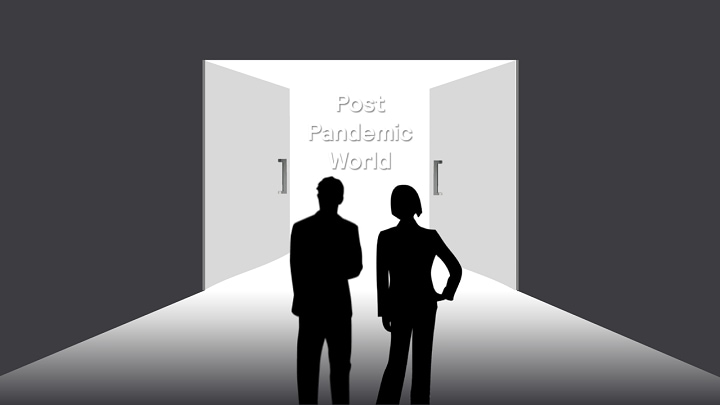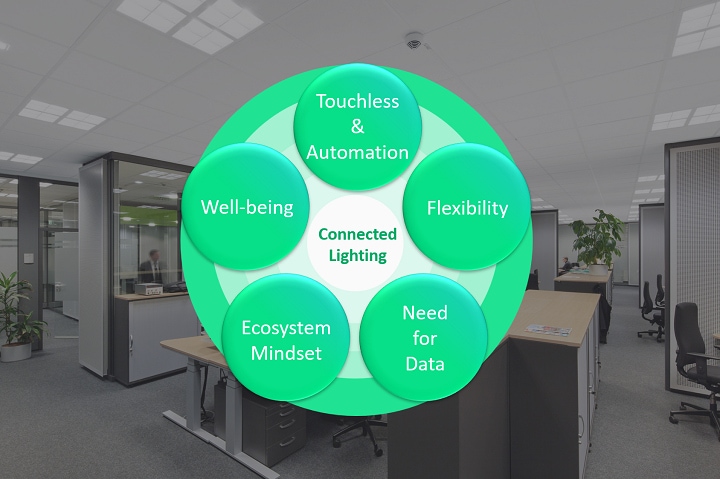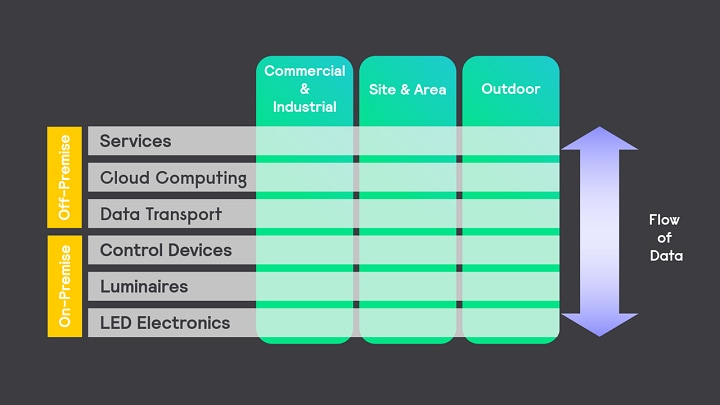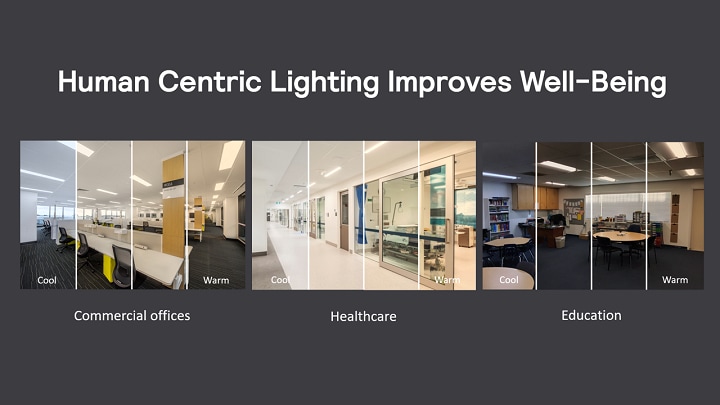
Life imitating art
Back then few of us could have predicted that life would imitate art. Even fewer might anticipate that medical terms such as R-naught (which describes how contagious an infectious disease is) and fomite (an object that is contaminated with infectious agents) would be part of the lexicon of government and healthcare officials. While this movie ended with a heartwarming Hollywood ending, our world is still mired in this pandemic with no clear end in sight.
In the short-term, this pandemic has resulted in massive disruption worldwide. In the lighting industry all of us are still coping with project delays, constrained supply chains, etc. Fortunately, there are a few positive signs, such as the easing of the lock-down. Many construction projects are considered essential and moving forward, albeit on a slower schedule and more deliberate due to safety concerns.
As public and private sectors slowly reopen, safety and health will undoubtedly be the top priority. To guard against the spread of novel coronavirus, many organizations are scrambling to develop new protocols to ensure the health and well-being of its employees and customers. Technology such as UV-C, which is the high-energy ultraviolet light in the C spectrum (UV-C), is gaining a lot of attention because it can be used for disinfecting surfaces, liquid, and food products (as long as proper precautions are followed).
Where is connected lighting in a post-pandemic world
In the long-run, with the worrying possibility that the novel coronavirus may never go away, we need to modify our current ways of working and thinking when it comes to the lighting system. While I’ve already touched on the impact of the pandemic in my April blog, I want to expand on five converging forces that are shaping the customer expectations. For anyone responsible for purchasing, specifying, designing, or installing lighting systems, and especially leaders who are charting their organizations’ recovery efforts, these five forces will have a far-reaching and lasting impact.
A) THE DESIRE FOR AUTOMATION AND TOUCHLESS TECHNOLOGIES

Luckily, many cost-effective, touchless lighting control technologies exist today to automatically alter the brightness of the light fixtures. These solutions can detect motion or daylight without the building occupants ever touching the wall switches. In the case of Philips EasySense or SpaceWise, for example, the use of wireless technology for configuring (initial install) and controlling (post-install), coupled with the elimination of a central gateway typically needed for group control, maximizes the energy-saving benefit while minimizing the CAPEX and OPEX costs.
B) GREATER FLEXIBILITY IS NEEDED FOR THE POST-PANDEMIC WORK ENVIRONMENT
Many public and private sectors are grappling with the difficult decision of when and how to open up their facilities. Proposals such as building closures, reduced hours of operation, safe distancing, and staggered work shifts will undoubtedly require fine-tuning and perhaps trials-and-errors. At the same time, basic requirements such as adequate illumination for new traffic patterns and work schedule arrangements and energy savings must be met. Consequently, control flexibility will become a key new requirement for a growing number of lighting projects. With control flexibility being one of the key strengths of connected lighting systems, facility managers and decision-makers will naturally gravitate toward them in a post-pandemic world.
C) GROWING NEED FOR DATA
In times of uncertainty, data and facts are critical for critical decision makings. While there may have been a modest amount of interest for connected lighting before the pandemic, what we are going through today will undoubtedly elevate the role of connected lighting, which is a data-rich technology platform. With an all-digital lighting system, which I described in detail in my recent webinar (Connected Lighting: Present and Future), facility managers and system administrators can easily access real-time data such as power consumption and asset information for each light fixture. Companies that embrace data, and can extract actionable intelligence from an all-digital connected lighting system, will gain a decisive competitive advantage as they emerge from the pandemic. Moreover, DesignLights Consortium, which has included individual addressability and energy monitoring as the new required system capabilities for the interior and exterior lighting systems, provides added incentives—both financially and technologically—to leverage data from a connected lighting system.

D) ECOSYSTEM MINDSET
More than ever, private and public companies are relying on the support of an internal and external network of resources (think of governments, vendors, partners, employees, customers, etc.) to weather the pandemic. For our world that is populated with the Internet of Things (IoT), an ecosystem mindset is especially important because there are so many innovations that are happening around the world. The fact is that not one company can do it all.
With an ingrained ecosystem mindset and open-standard approach, Signify has established itself as the market leader in connected lighting for both residential and commercial markets. For the commercial and industrial connected lighting applications, Signify has arguably the most well-known and well-respected ecosystem in the world. Such an ecosystem mindset encourages more industry-wide collaboration, greater transparency, and a deeper bond of trust. Customers can also benefit from having more choices, and thus flexibility, in their lighting system designs. The result is a win-win proposition for the customers and manufacturers.
E) FOCUS ON WELL-BEING
For the time being, most of us are fixated on the reported numbers of infection and the economic impact of this pandemic. If you look beyond that, however, there is an unquantified impact on our quality of life and well-being during the lockdown.
As private and public sectors slowly emerge from this pandemic, there will be greater emphasis on the well-being of employees, customers, suppliers, communities, and society in general. This is where connected lighting can also play a key role by providing a well-lit, attractive, and welcoming indoor environment. Human-centric technologies that complement our circadian rhythms will gain more attention and greater market adoption. Innovation solutions such as the award-winning Advance FlexTune System, which is an all-digital human-centric lighting system that combines wireless control, will be appealing because of the affordability and unparalleled degree of flexibility (in term of the choice of LED module and lighting control options). Besides hospitals and healthcare facilities, places such as schools, universities, commercial offices, and retailers can incorporate human-centric lighting to not only improve the well-being of their employees but also make their places more inviting to their customers.

The future is now
History has taught us that the human race will once again prevail against the latest pandemic. While life will get back to normal, it might never be the same. Although connected lighting has gained a lot of buzz and market traction, we still have a long way to go to make it an integral part of our lives. Nevertheless, COVID-19 has forced many to contemplate, or perhaps plan for, a post-pandemic world. Our needs for automation, touchless technologies, data, flexibility, greater reliance on each other, plus increased focus on well-being will shape many decisions in a post-pandemic world. These needs and expectations will gradually fuel the market adoption of connected lighting. Granted, there will be added cost, complexity, not to mention the inconvenience in adjusting to a post-pandemic way of working in the selection, design, manufacturing, installation, and maintenance of the connected lighting system. In the end, all of it will be worth it. After all, perhaps the most important lesson we can learn from this pandemic is that one cannot put a price on the health and well-being of human life.

November 14, 2023
How lighting technology can help reduce risks to migrating birds